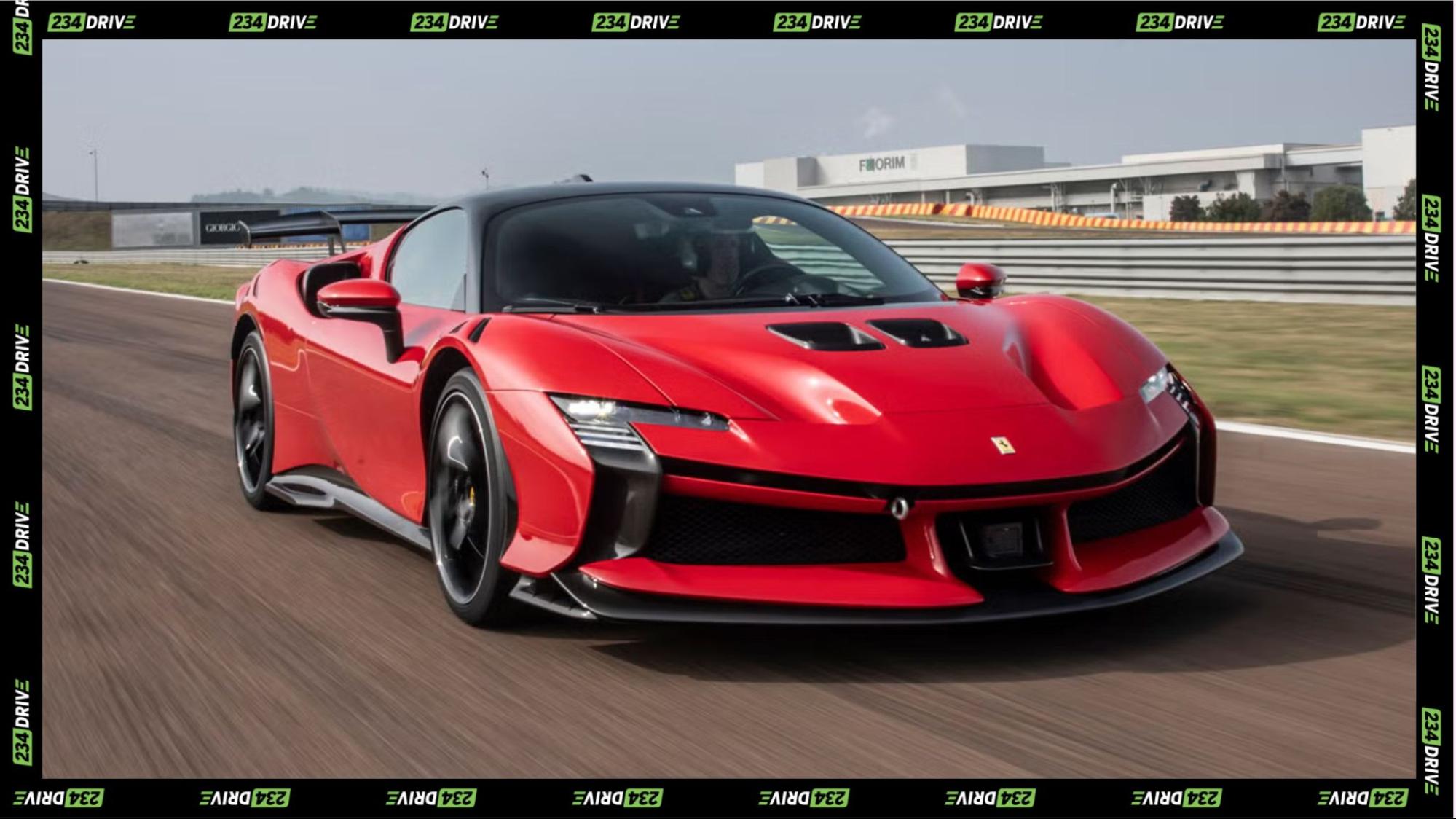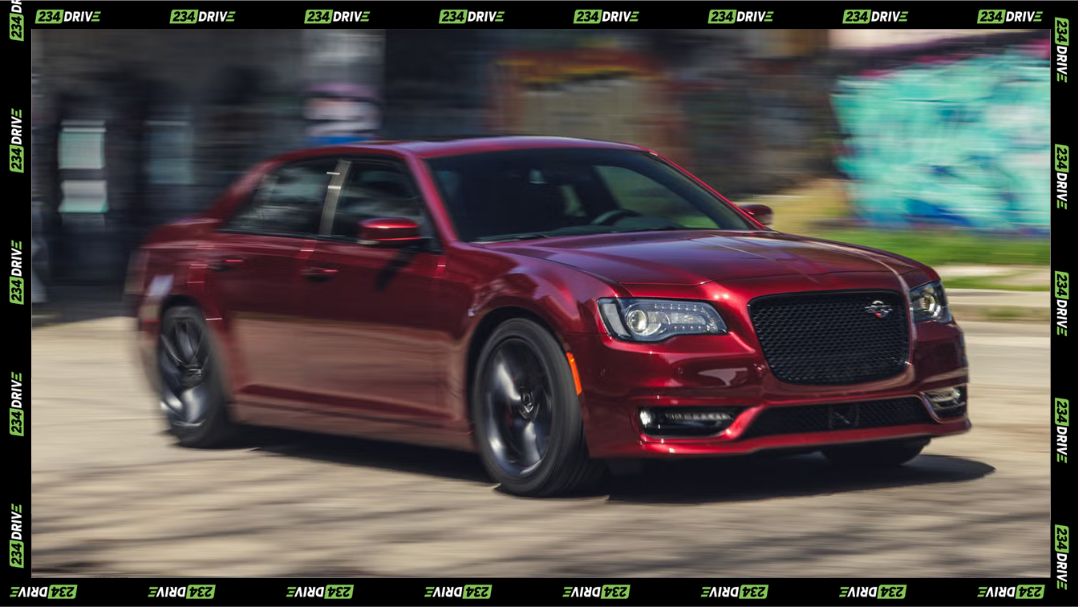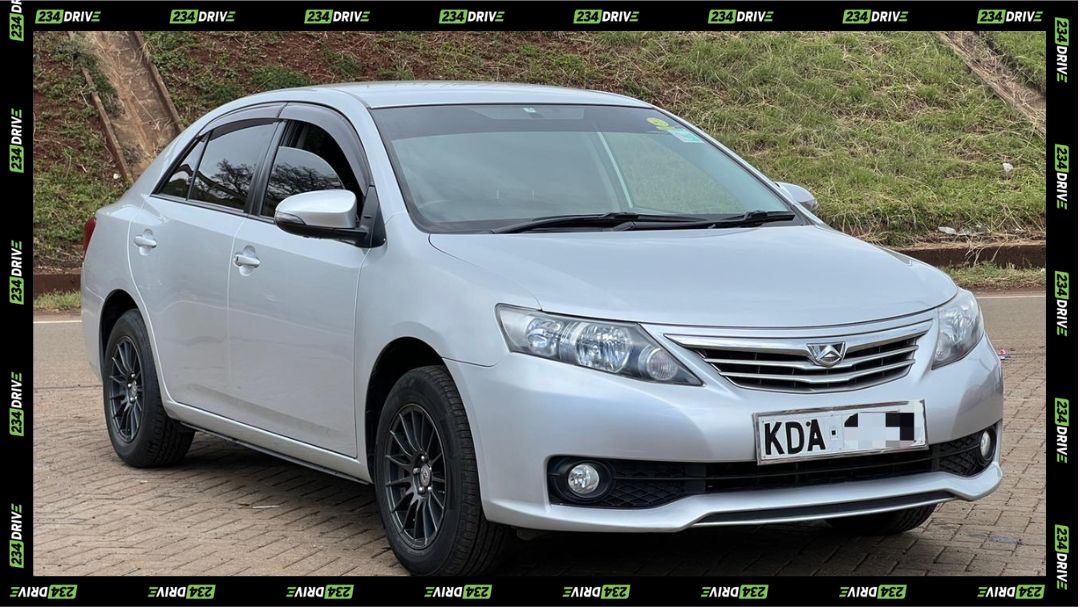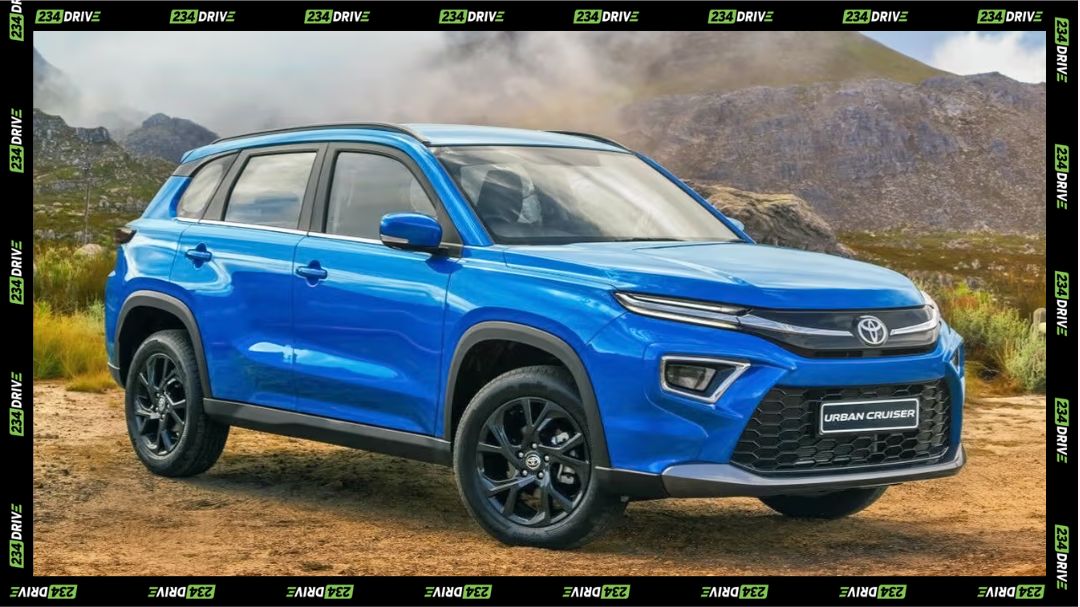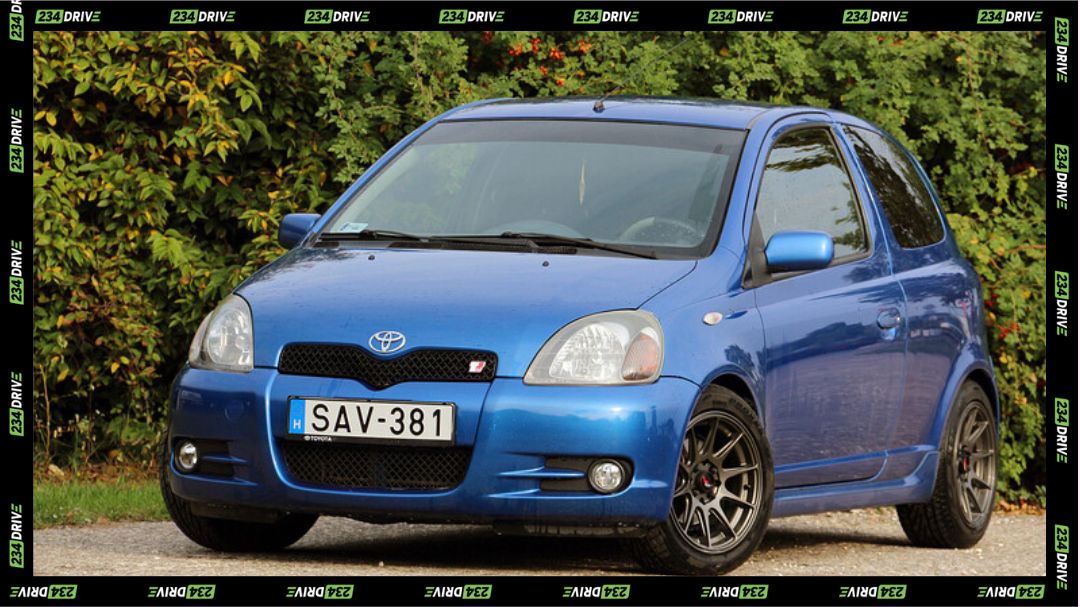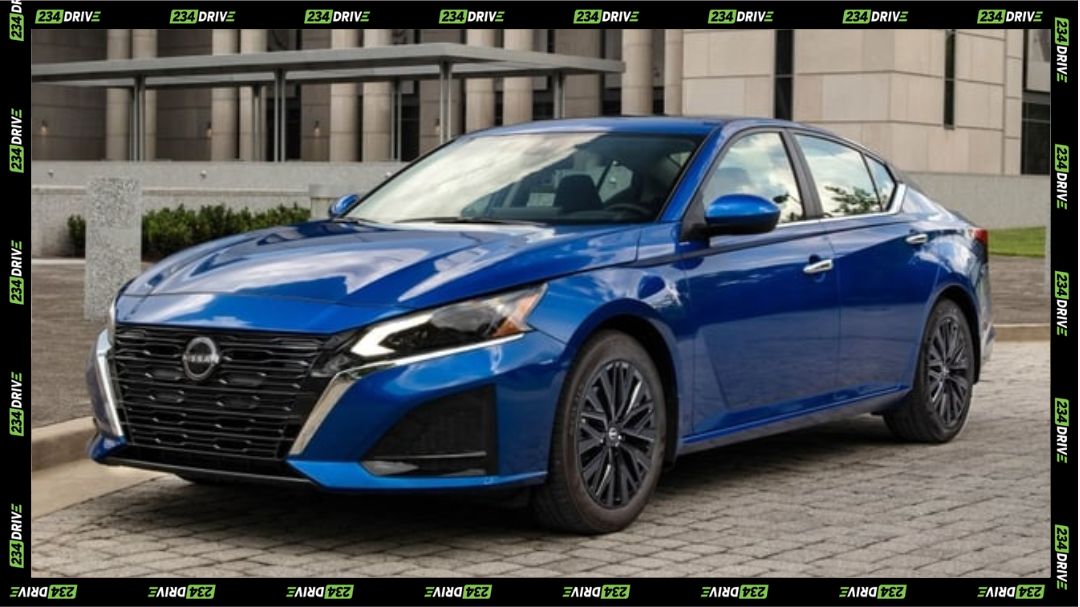When buying a car, the drivetrain is one of the most important features to consider. AWD, FWD, and RWD define how power is sent to the wheels, influencing handling, traction, efficiency, and upkeep. The choice you make determines how your car reacts in emergency stops, how well it grips in poor weather, and how long components like tyres last.
Understanding these systems helps narrow down the best fit for your driving needs. AWD delivers grip and stability, FWD offers affordability and practicality, and RWD caters to performance. Knowing their strengths and weaknesses ensures you choose a drivetrain that matches your lifestyle and budget.
Front-Wheel Drive (FWD)
FWD sends power to the front wheels, which also handle steering. It’s the most common layout for modern cars. This setup is lightweight, efficient, and inexpensive to build. It also leaves more room for passengers and cargo.
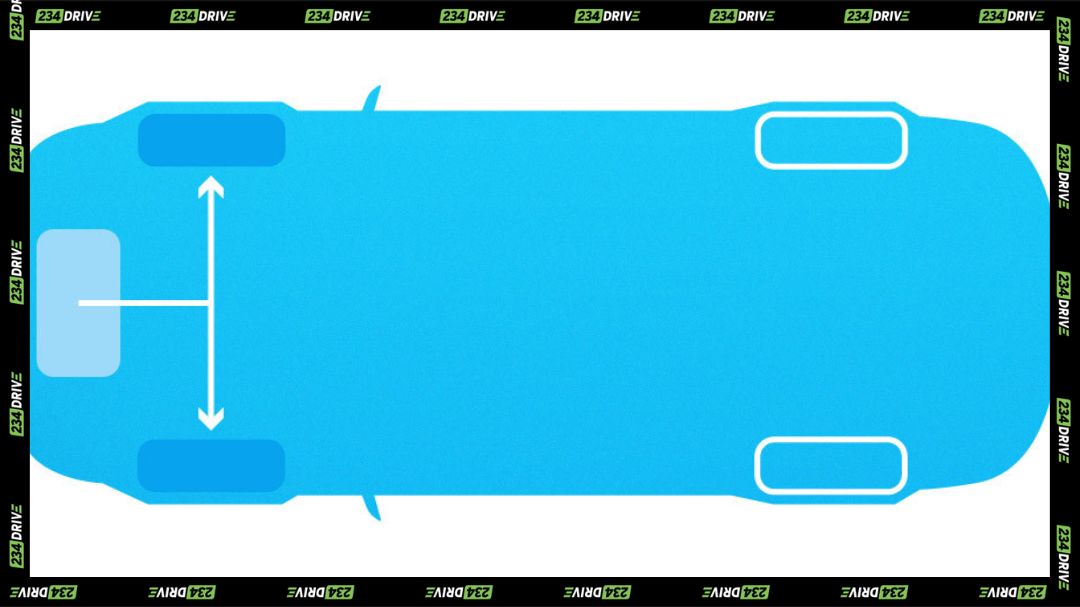
FWD shines with good fuel economy, low repair costs, and predictable handling in rain or light snow. Downsides include understeer in aggressive driving, torque steer in powerful models, and less sporty performance. Popular FWD cars include the Toyota Corolla, Honda Civic, and Hyundai Elantra.
Rear-Wheel Drive (RWD)
RWD pushes power to the back wheels while the front steers. This results in better weight distribution and balanced handling. It’s common in sports cars and performance sedans.
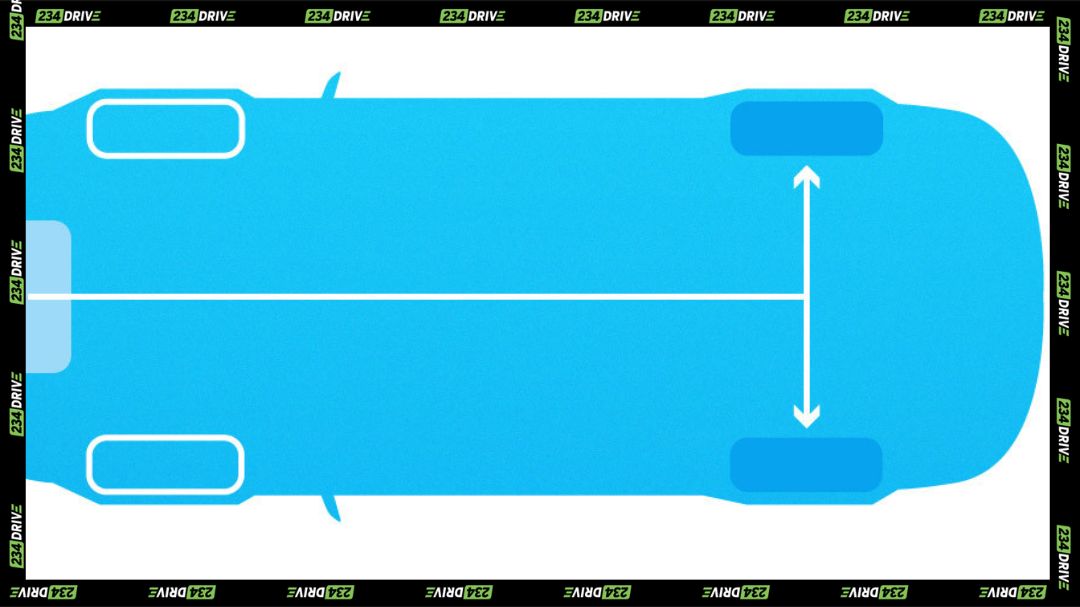
The strengths of RWD are superior dry-weather handling, stronger acceleration, and better performance for towing or drifting. Weaknesses include poor grip on slippery roads, higher production costs, and more complex maintenance. Cars like the BMW 3 Series, Ford Mustang, and Mercedes-Benz C-Class showcase RWD appeal.
All-Wheel Drive (AWD)
AWD powers all four wheels, either continuously or when slip is detected. Some systems are full-time, while others switch between two-wheel and four-wheel modes automatically.
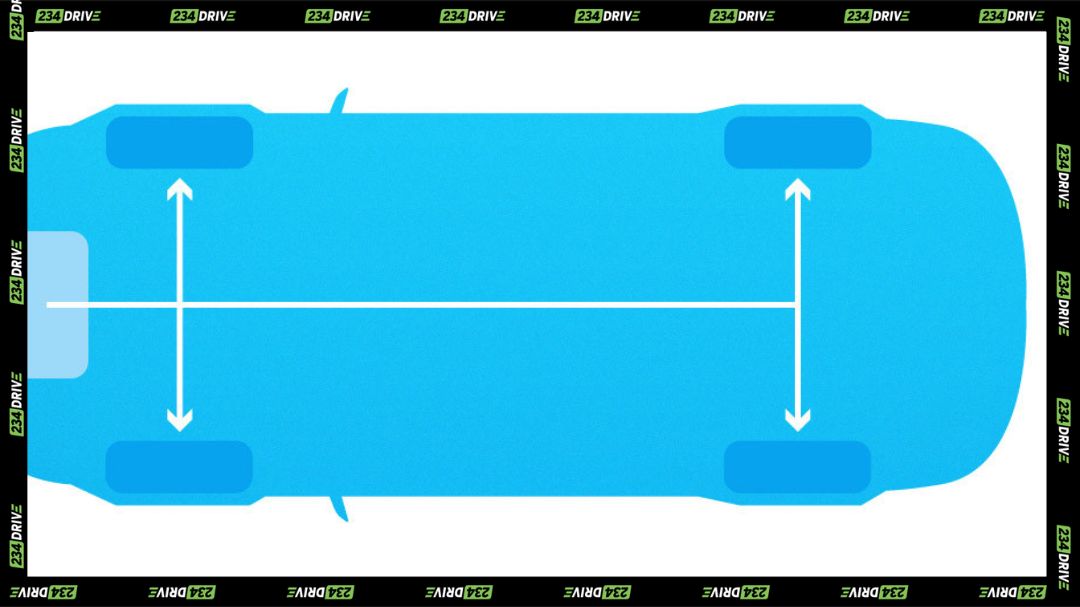
AWD offers excellent traction in rain, snow, or mud. It improves stability on winding roads and provides added security during hard acceleration. However, it comes at a cost—higher purchase prices, reduced fuel efficiency, and more expensive long-term maintenance. Common AWD examples include the Subaru Outback, Toyota RAV4 AWD, and Audi Quattro-equipped models.
AWD vs 4WD
Though often confused, AWD and 4WD serve different needs. AWD is automatic, designed for daily driving and poor weather. 4WD is usually driver-activated, delivering equal power to all four wheels for off-roading, deep snow, or rugged conditions. AWD suits cars and crossovers, while 4WD belongs in trucks and heavy-duty SUVs.
Choosing The Right Drivetrain
FWD is a strong fit for daily commuting in crowded African cities, where affordability, fuel efficiency, and easier maintenance matter most. RWD suits drivers interested in performance or those who need stronger towing capacity, but it can be less practical on wet or poorly maintained roads. AWD is best reserved for regions with heavy rains, hilly terrain, or rural roads where traction and stability are critical.
For Nigerian and broader African drivers, the choice often comes down to balancing road conditions, budget, and maintenance access. Consider fuel costs, spare part availability, and how often you face rough or unpredictable terrain before deciding which drivetrain is right for you.
Conclusion
There’s no universal best option. FWD excels at affordability, RWD focuses on performance, and AWD prioritises traction. Understanding the trade-offs ensures you pick a system that matches your lifestyle and driving conditions. Which drivetrain would you choose for your next car?


